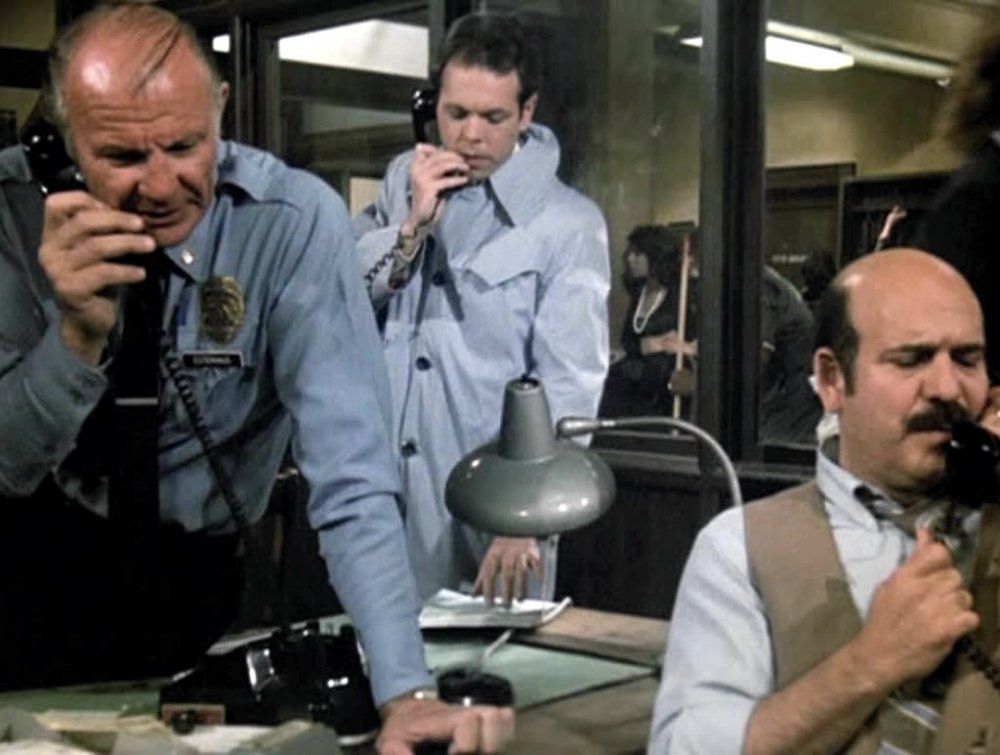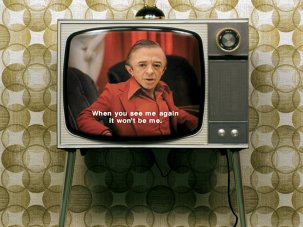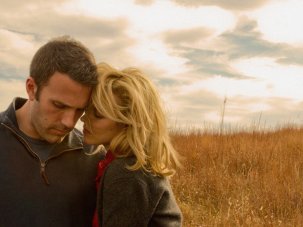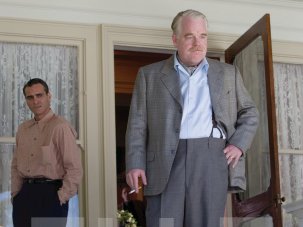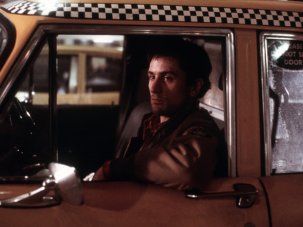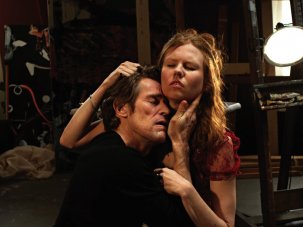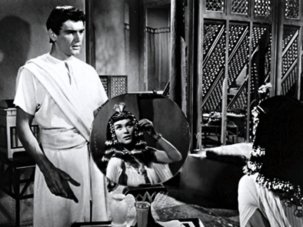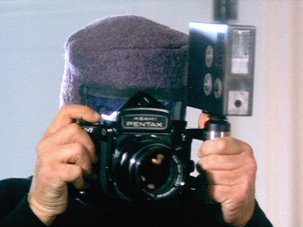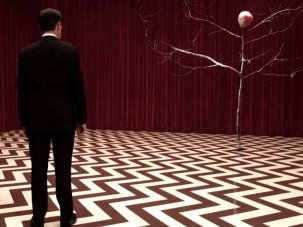Although the quality of mainstream film production in the US is widely considered to be at an all-time low, this is, we are constantly being assured, the Golden Age of Television. It is, apparently, the small screen we must turn to if we wish to encounter ambiguous characters, quirky narratives and a refusal of easy moral judgements.
To an extent, I accept these claims: there’s little doubt that The Sopranos and Dexter break new ground in terms of audience identification, asking us to sympathise unironically with protagonists whose behaviour and motivations we are simultaneously encouraged to find repugnant. Indeed, Dexter manages to be much darker than the novels upon which it is based, and a friend has assured me that the same could be said of True Blood.
Yet I find myself unconvinced that American cinema is alive and well and available on HBO. For one thing, I have learned to be cautious where television, especially episodic television, is concerned.
I recently rewatched some Season 1 (1981) episodes of Hill Street Blues, the first time I had seen them since their initial appearance. In the early 80s, I thought this series could easily stand comparison with the best US cinema of the period had to offer, yet it now strikes me as being almost embarrassingly poor, its gestures towards ‘realism’ (which is to say those cinematic codes of realism dominant at the time) blatantly artificial and mannered. Ivan Passer’s Cutter’s Way (1981) and Sidney Lumet’s Prince of the City (1981) – which appeared the same year, and are obviously comparable in their broadly realistic approaches – look fresher and more vibrant than ever, but Hill Street Blues feels like a museum piece, of no interest except to historians researching middlebrow culture.
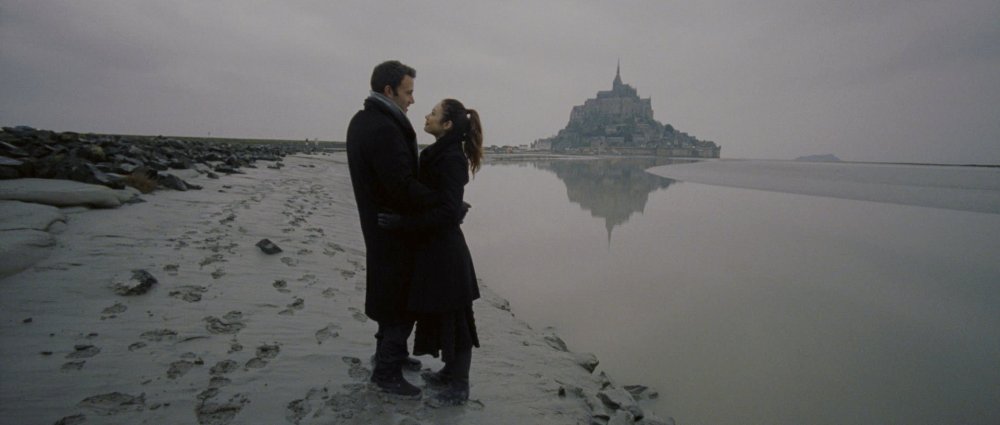
To the Wonder (2012). Has cinema become an art form of isolation?
The problem is an aesthetic one: while Lumet and Passer were in a position to make whatever stylistic choices they believed appropriate for any given film, and above all for any given moment in any given film, the directors who worked on Hill Street Blues were obviously required to adopt mise en scene practices already set in stone. Don Weis, a director who has attracted some auteurist interest, worked on Hill Street’s final season, yet his four segments are indistinguishable from those by Stan Lathan, Alexander Singer and Arthur Allan Seidelman. It would make little sense to discuss Weis’s use of handheld cameras in his Hill Street episodes, since handheld camerawork was a ‘given’ for this series: had Weis wanted to try a different visual approach, he would doubtless have been replaced or overruled.
Television directors routinely face restrictions that even the most unambitious hack shooting low-budget potboilers for Monogram would have regarded as unacceptable. Even blatantly commercial theatrical franchise entries such as Brian de Palma’s Mission: Impossible (1996) and John Woo’s Mission: Impossible II (2000) have far more of a stylistic and thematic connection with earlier films by their respective auteurs than they do with each other, whereas it’s difficult to tell the difference between an episode of The Sopranos directed by Peter Bogdanovich and an episode directed by Mike Figgis.
Television directors routinely face restrictions that even the most unambitious hack shooting low-budget potboilers for Monogram would have regarded as unacceptable
Nor, if the credits are anything to go by, do individual writers seem capable of making clearly identifiable contributions. Television is frequently described as a writers’ medium, but this seems to be a way of putting a positive spin on the fact that so much of it is visually undistinguished.
Yet it would be a mistake to assume that TV series are aesthetically incoherent. In a blog entry written two years ago, Peter Bogdanovich quoted critic Matt Zoller Seitz as saying that one of the things he thought made The Sopranos such an exceptional show was “the makers’ willingness to let certain scenes play in continuous action, without a cut, allowing audiences simply to observe the actors minus any manipulation via editing or noticeable camera pyrotechnics.” This suggests that although The Sopranos has a coherent visual style, it is a style that exists independently of the directors who worked on it.
The problem with what I will call producer-dictated mise en scene is that it can only function in terms of broadly defined stylistic gestures. The director usually finds herself required merely to apply this style in an appropriate manner, suppressing any personal views she has concerning the best way to handle a particular shot.
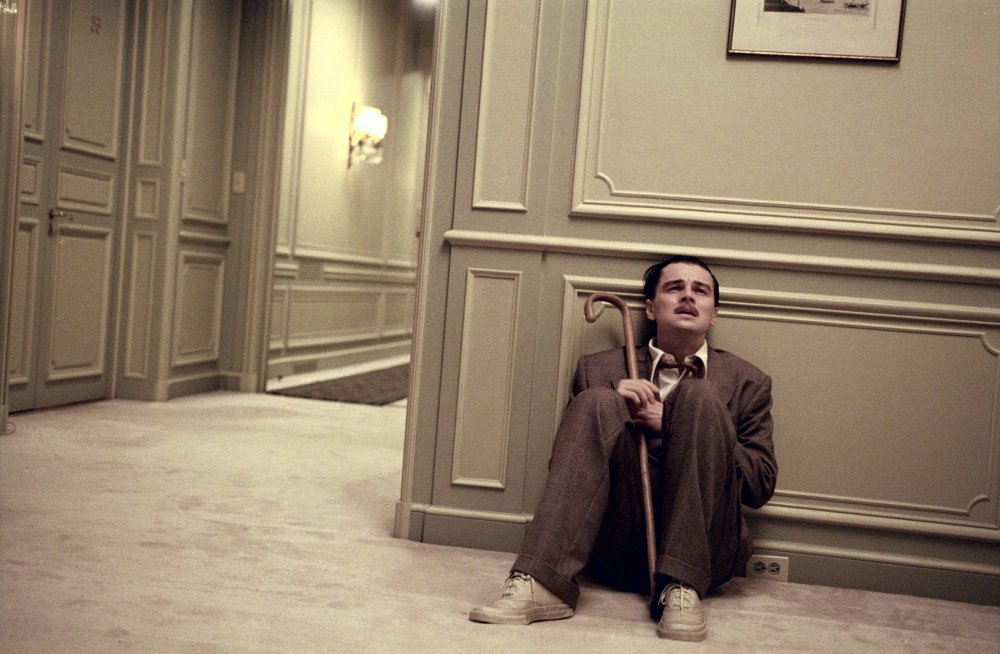
The solitary moment: Leonardo di Caprio as Howard Hughes in The Aviator (2004)
This might explain why, when I think back on those shows I have been impressed by – Sex and the City, Six Feet Under, Deadwood, Mad Men – I find myself remembering scenes, characters, performances and dialogue, but never shots. Whereas with what for me are the finest American films of recent years, it is precisely the images I recall:
- Howard Hughes (Leonardo DiCaprio) alone at the end of Martin Scorsese’s The Aviator (2004) compulsively repeating the words “The way of the future”;
- J. Edgar Hoover (DiCaprio again) exercising on the floor of his office in Clint Eastwood’s J. Edgar (2011);
- Shannyn Sossamon sitting on a bed painting and drying her nails (for several minutes of screen time) in Monte Hellman’s Road to Nowhere (2010);
- Freddie Quell (Joaquin Phoenix) sleeping on a beach with his arm wrapped around the figure of a woman (roughly twice his size) made of sand in Paul Thomas Anderson’s The Master (2012);
- Cisco (Willem Dafoe) and Skye (Shanyn Leigh) fighting over a laptop on which Cisco’s ex-wife (Dierdra McDowell) can be seen laughing derisively in Abel Ferrara’s 4:44 Last Day on Earth (2011);
- and the shot of a building (apparently a monastery, though there is no way to determine this from the film) isolated on a small island that ends Terrence Malick’s To the Wonder (2012).
It is surely significant that these are all images of alienation and solitude. Perhaps cinema is now an art form of isolation, whereas, ironically, it is television that celebrates communal values, with authorial identity and individual creativity subordinated to collective authorship.
The resulting texts may make a strong immediate impact, but rarely withstand close scrutiny. Mise en scene practices which do not privilege specific moments are unlikely to produce work capable of passing the ultimate test, the test of time.
-
The Digital Edition and Archive quick link
Log in here to your digital edition and archive subscription, take a look at the packages on offer and buy a subscription.




